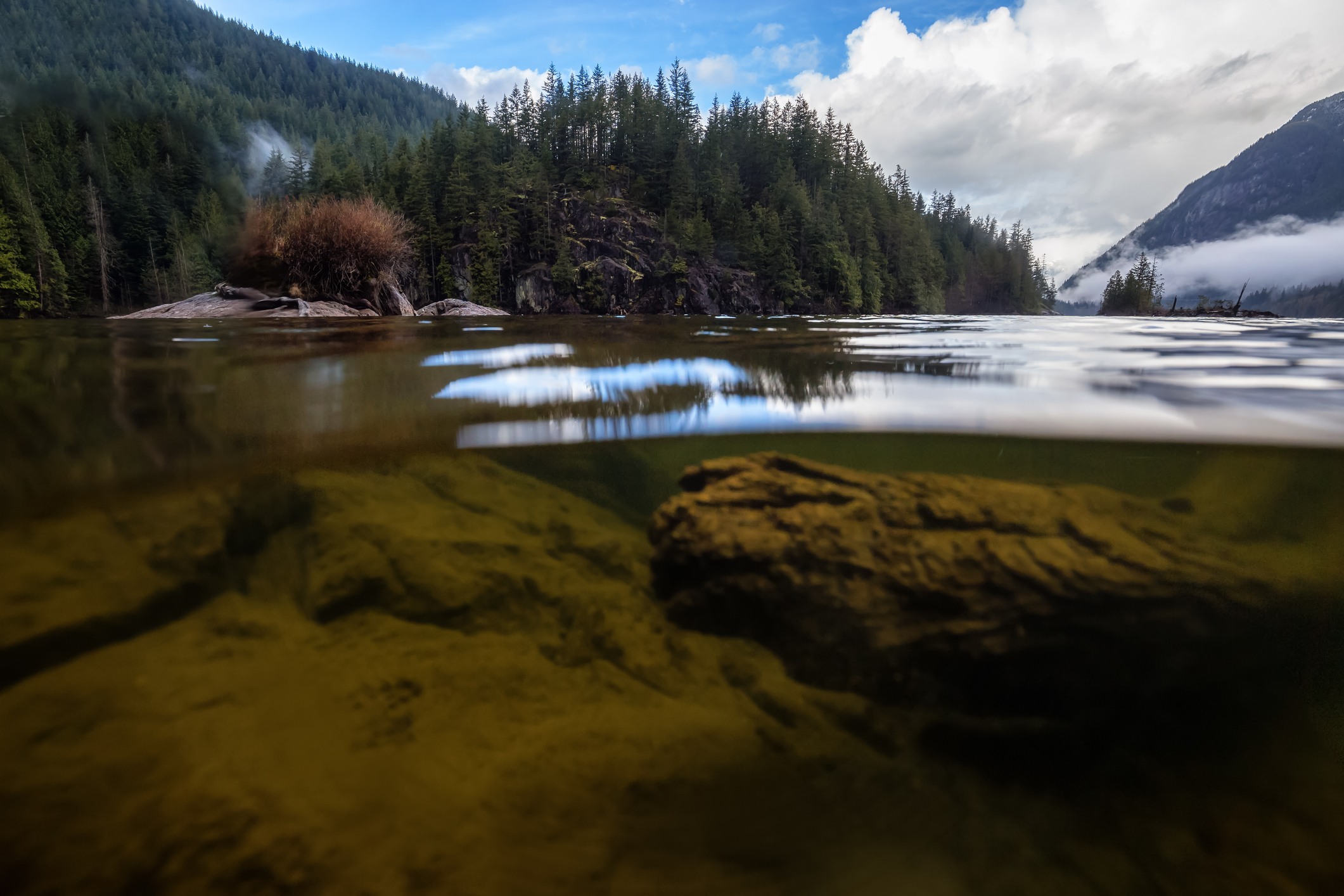A new study from UK-based Swansea University has provided new insights into how methane emissions are produced in the surface layer of lakes.
The continuous rise of methane in the atmosphere is considered a global climate threat. Conventional research, including the assessments by the Intergovernmental Panel on Climate Change (IPCC), has suggested that methane is produced naturally in oxygen-depleted environments such as swamps and wetlands. However, a new study published in Nature Communications has challenged these previous assessments.
The research team from the Swansea University’s College of Science analysed Lake Stechlin in north-eastern Germany and found that a significant amount of methane was being produced in the well-oxygenated surface layer.
“Our research shows that well oxygenated lake waters are an important, but long overlooked, source of methane emissions to the atmosphere,” said Kam Tang, a professor in the department of biosciences at Swansea University. “These novel findings open new avenues for methane research and support a more accurate global assessment of this powerful greenhouse gas.”
During the study, it was also discovered that a significant level of emissions travel directly into the atmosphere as the methane gas that’s produced in the surface layer comes in direct contact with air.
“Methane emission in lakes is based on a complex network of biochemical and physical processes, some of which are still poorly understood,” said Marco Günthel, lead author of the study. “I hope our study will stimulate more research on this topic as it is needed to fully understand the global methane cycle and to improve climate change predictions.”
The researchers predicted that emissions from these surface waters are likely to increase with the lake size, and could account for over half of surface methane emission for lakes larger than one square kilometre.









